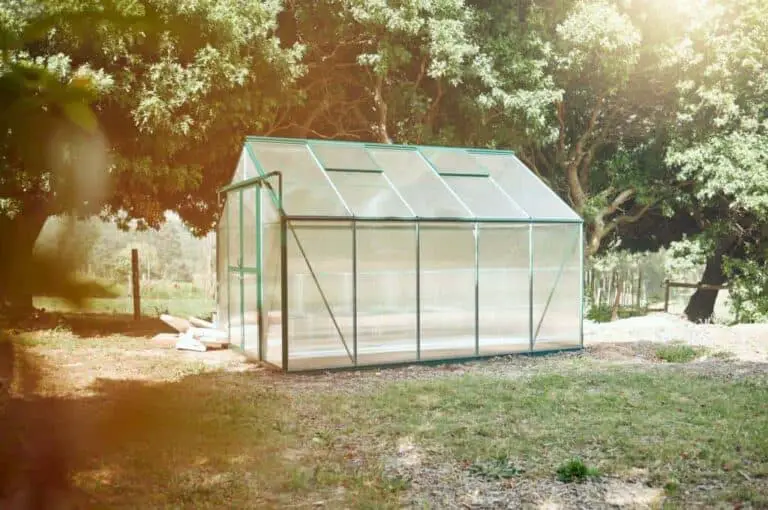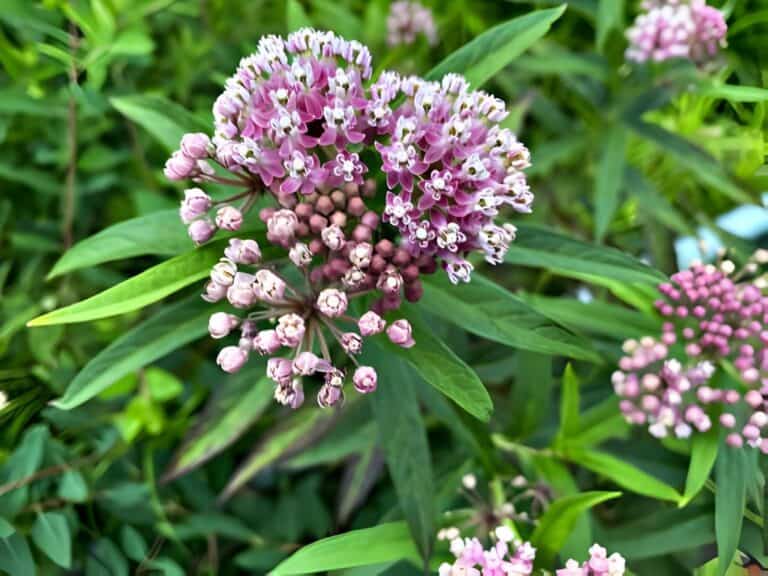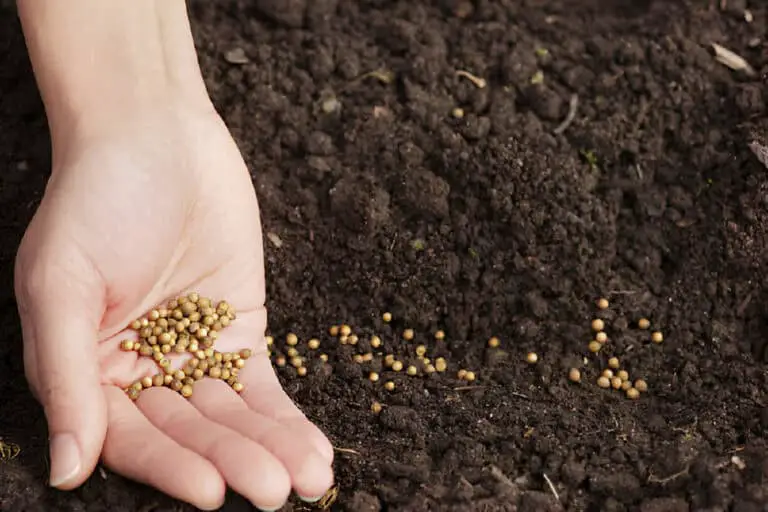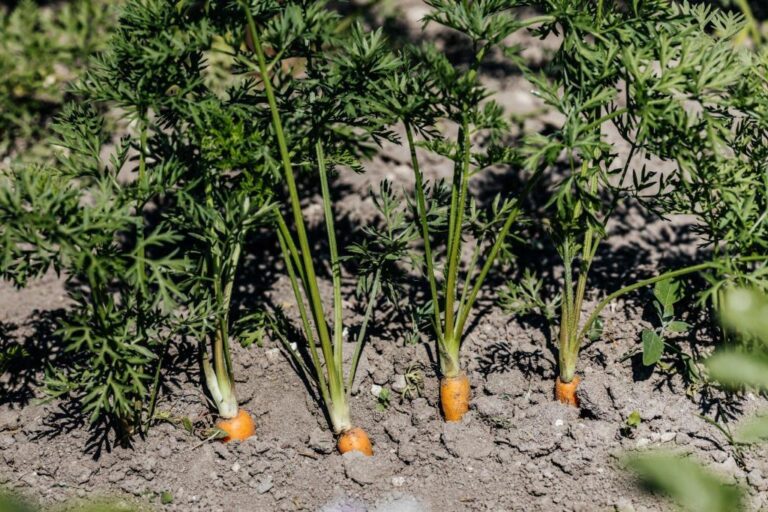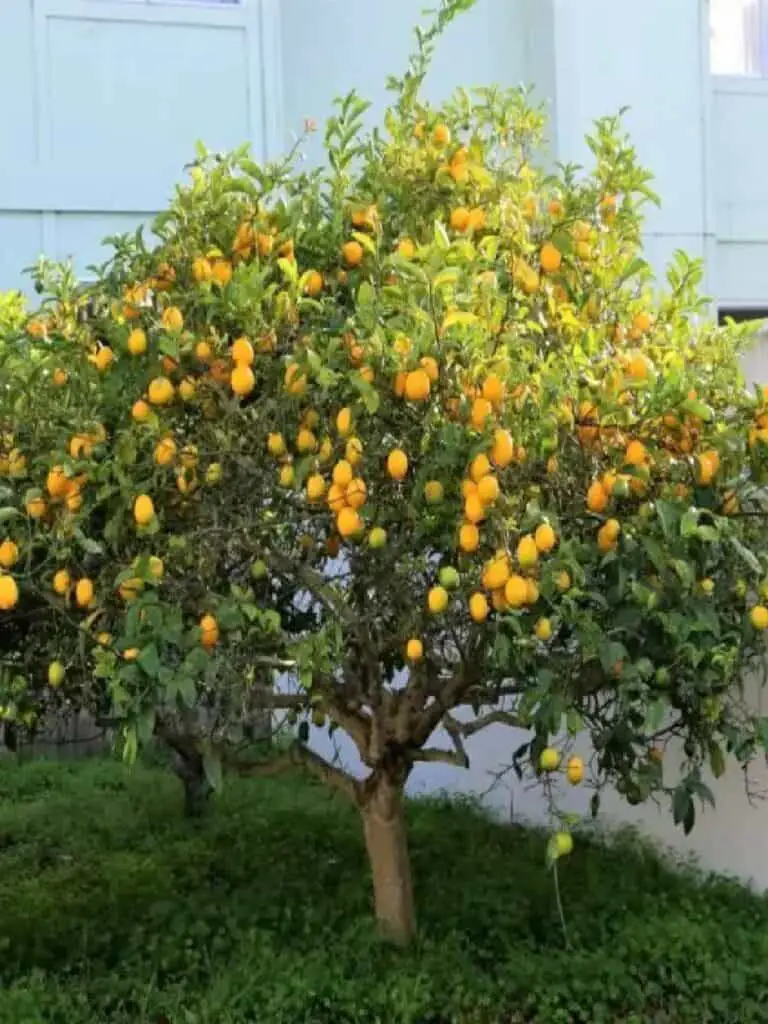Why Is My Jade Plant Turning Red? Common Reasons and Fixes
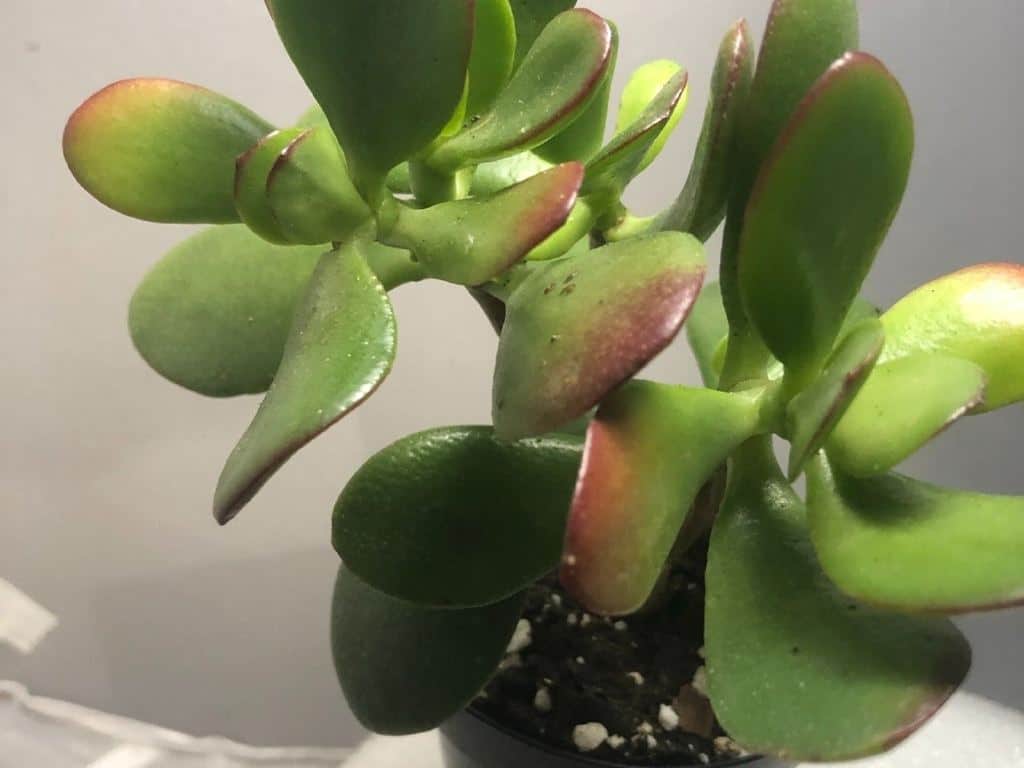
Jade plants are some of the most beautiful and simple succulents to grow. They’re hardy houseplants with jade green foliage that’s plump, healthy, and difficult to destroy. This is why it’s one of the best plants for lazy gardeners or beginners. But if you find your jade plant turning red, it doesn’t have to be a cause for concern!
This article outlines all the common reasons your jade plant is turning red.
So why is my jade plant turning red? There are several reasons why this is happening to your Jade plant. Stress from extreme heat, sunlight, or lack of water and nutrients can all be culprits.
However, the variety of Jade plant you have, what you want to use the plant for, and how you want the plant to look can affect the red appearance. If you know it should be green and isn’t, it will likely be an issue with too much sunlight, exorbitant amounts of heat, or too much airflow. All these can contribute to depleted nutrients in the soil as well.
If you notice your jade plant turning yellow or jade plant turning black, I’ve written articles about that too!
Why Are My Jade Plant Leaves Turning Red?
There are some things to check and observe to ensure your Jade Plant maintains its beauty and health. First, understand the appearance of red isn’t often harmful. Also, keep in mind that you may have a specific variety known to turn red. The following are jade plants that turn red:
- Hobbit Jade: This species grows slowly and begins maturity at about three feet tall with tube-like leaves and reddish tips.
- Red Jade Tree: When this type sits in full or bright sun, the leaf tips turn purplish-red.
- Tricolor Jade Tree: A variety showing pointier leaves with variegated foliage that turns rose, white, and green.
Ornamental Features
As part of the Crassulaceae family, they’re native to the arid, dry regions of South Africa. The Jade plant has become a worldwide houseplant favorite since Dutch settlers introduced it over 100 years ago in this region. These gorgeous plants are also popular among bonsai enthusiasts since you can cut tree types of Jade plants like a bonsai.
Basic Care; Native Habitat
These aren’t fussy plants, and they don’t require much care. In its native home, a Jade plant can grow as large as 10 feet tall and wide. They have torso-sized trunks and large, fleshy green limbs. The leaves are ovular in shape and can be as thick as ¼”. Their exposure to consistent heat and sunshine are major factors in this burgeoning development.
Indoor Growth; Appearance
Although slow-growing indoors, Jade plants can be up to six feet tall. You can read more on how big Jade Plants get here! However, it rarely, if ever, blooms. That said, it can when set in an environment that’s sunny and warm; this plant will display clusters of pink to white star-like flowers in wintertime, so there is no need to keep wondering do Jade Plants bloom?
Natural Conditions

Of course, other things like intense sunlight or heat along with a lack of soil, nutrients, and water will all contribute to the crimson color. The red isn’t necessarily a bad thing for Jade Plants and it doesn’t mean the plant is suffering. Remember, these are native to the desert, where they thrive in harsh conditions. It’s part of their built-in coping mechanisms.
Conditions to Check
That said, it doesn’t mean you should ignore any potential problems that could be going on. You want to make sure the plant is okay and healthy before you write off the issue entirely. So, if you notice your Jade plant turning red, begin inspecting for the following:
- Location: Ensure the plant isn’t getting too much sunlight. Jade Plants like medium to bright light but never direct sunlight for too long, if ever. They also experience sunburn easily. However, too little light will cause them to look leggy and woody.
- Temperature: Aside from light, ensure the plant isn’t getting too much heat or cold from the current season. Keep it away from open windows and drafts. If you are in a humid or extremely hot, dry climate, ensure it gets as much cool shade as it does sunlight. In the case of humidity, bring the plant inside or put it in an area where there’s good airflow.
- Airflow: Too much air around the leaves and the soil can cause the Jade Plant’s leaves to turn red. When there’s hefty airflow, it depletes the soil’s nutrients and dries it out, thereby creating poor soil conditions. Too little air means the plant is drowning, which should accompany limpness in stems and leaves. Trim the plant or give it a small oscillating fan to improve airflow.
- Water: If Jade Plants don’t receive enough water, it can cause them to turn red while reducing their rich green plumpness. Even though this isn’t a bad thing, they should still have a regular watering schedule. The only time this becomes a problem is when the leaves begin looking dry and crispy.
- Fertilizer: Reds are sure to take hold of the leaves if the Jade Plant doesn’t get enough fertilizer. Sometimes, too few nutrients will have this effect. If you don’t want the red, start feeding it half strength once every two weeks in Spring. Once late summer and autumn hit, the red will slow down.
- Soil: Reds can also occur due to poor soil conditions that lack balanced nutrients. Always use a clean, sterile potting soil mix or poor cactus blend for Jade Plants. But, if you want the red, then keep the soil in slightly poor quality.
Insects
Ergh, Jade Plant bugs (such as scale insects) are a nuisance. Another possible cause for a Jade Plant’s leaves to turn red are Spider Mites. These are the most common problems to which Jade Plants succumb. These little red insects sucking on the sap which causes leaf malformation and tiny red spots. Spider Mites will be noticeable all over the leaves and stem, along with a fine webbing covering the entire plant.
What’s more, Spider Mites can travel via webbing. This means they can infect other plants in the vicinity. So, you have to take care of the issue as soon as possible to prevent a full-on infestation.
How to Treat It
To remove Spider Mites, use plant-based dish soap, insecticidal soap, or neem oil mixed with horticulture oil and spray the entire plant. Be sure to cover both sides of the leaves, stems, and a little around the soil. Spray it every day until the Spider Mites disappear. Some tips and quick recipes are:
- Plant-Based Dish Soap: Using natural or organic dish soap can be enough to remove Spider Mites. Take a clean spray bottle, pour in 1 teaspoon to 1 tablespoon of dish soap, and fill the rest with water. Shake well and spray every day until the insects are gone.
- Insecticidal Soap: Since this is a commercially produced product, you will have to follow the manufacturer’s instructions.
- DIY Insecticide with Neem: Neem is a classic essential oil known for its ability to kill insects while maintaining the plant’s safety. You can either add a few drops with your dish soap mixture or to a clean spray bottle of water and some horticulture oil. I tend to use Neem Oil by Kate Blanc as it is affordable and easy to use.
Can I Control Jade Leaves Turning Red?
You can control the redness of a Jade Plant’s leaves in how they change colors. So long as it isn’t a variety that has natural red in its composition, you can maintain the lush, deep green. This will mostly be due to sunlight, water, and nutrients. Since this plant is so easy to care for, controlling the leaf coloring will also be simple.
- For Green: Ensure the soil is well-draining and fertile by giving plant fertilizer at half strength once every two weeks. Also, make sure it’s getting medium, indirect sunlight, and only water when the soil is dry.
- For Red: If you want the redness, grow in less fertile soil and place it in direct sunlight. Also, let the soil get bone dry before watering. In other words, neglect it a little.
- For Leaf Tips: If you only want the red around the edges of the leaves, use either a fertile potting mix with plenty of affluence or a less fertile cactus mix. Give the Jade Plant partial sun and allow for an erratic watering schedule. Sometimes water the plant when soil is arid and other times when it’s bone dry.
Should I Be Worried That My Jade Plant Is Turning Red?
Oftentimes, there’s nothing to really worry about when your Jade Plant turns red, especially if it appears happy, healthy, and thriving. Of course, you should check everything to make sure nothing’s wrong, but more often than not, it will be fine.
Signs of Struggle
The only time you should worry is when the plant starts to show signs of serious struggle and sickness. In this instance, do a more studious observation of the plant. First and foremost, make sure Spider Mites aren’t the culprit here.
Then inspect the leaves for a look and feel of dryness or crispiness to them. Alternatively, see if they appear weak or wilting in some way. If either is true, then your Jade Plant is struggling. This means it’s either not getting enough water or it’s getting too much. This could be with or without proper airflow.
Too Much Neglect
If Spider Mites aren’t the problem or you already treated a previous infestation, it could be that you neglected the plant for far too long. Yes, Jade Plants are drought-resistant and can tolerate a lack of water for long periods of time. But if the plant goes too long without it, it can give a dying appearance. Vice versa, an overwatered jade plant can cause serious issues as well, so ensure you have a correct watering schedule.
Lack of Water
If the leaves lose their plump, lush glossiness along with a shriveled and dried-up look, your Jade Plant needs water. If foliage drops prematurely, the plant could already be starting its death throes. Be sure to water the top few inches of the soil when it’s dry to the touch until you see improvement with hydration. I have outlined some more reasons why a jade plant is dropping leaves.
If you have great concerns about its dryness, you can submerge the bottom of the pot into lukewarm water. Allow the water to pool to the surface and pull the pot out. Let this drain freely for one to three hours. Then, put it back into its partially bright spot.
In the event, you still want to go for reddened leaves, water the plant once every three weeks. To ensure greener leaves, water once every seven to 10 days. Regardless of the look you want for your Jade Plant, watering every so often will be essential. This is one thing it shouldn’t go without for too long.
Poor Soil
Poor soil can also create worrying conditions with Jade Plant leaves. Try repotting with fresh, effluent soil. Give it a few days to get accustomed to its new home and then water only when the top feels dry. If you don’t know the quality of your soil, get a test kit from a home improvement store or gardening center.
The same soil for succulents or cacti will also be good for Jade Plants. However, mix it with some organic matter like compost. Also, you can blend your own mix using potting soil as the base:
- 1 part organic matter
- 1 part peat moss
- 3 parts coarse sand
For Bonsai-style trees:
- 1 part coir or peat moss
- 1 part crushed pumice or cinder
- 1 part crushed quartz, granite, or similar stone
Succulent soil should be fast-draining, light, and airy. Opting for soil that is too dense will hold too much water, and this will cause root rot in a Jade Plant.
If you don’t want to make your own soil (I never do!) then you can try The Next Gardener Organic Succulent and Cactus Soil Mix. This is good succulent soil because it contains 75% substrate, 25% perlite, and low fertilizer. It is also affordable, delivers quickly, and the packaging is always in good condition when it arrives.
Jade Plant Turning Red Concluded
As long as the foliage looks healthy and is growing beautifully, leave your Jade Plant alone. But, if you don’t want the red in any capacity, ensure the plant has a regular watering schedule, shaded access to sunshine, plenty of nutrients, and adequate airflow. This includes nutrient-rich, well-draining soil.
However, if the red accompanies dried or wilting leaves, then you are either neglecting it too much or overwatering the plant. The only other instance is when Spider Mites riddle the Jade Plant, as indicated by little red insects and fine webbing all over the leaves and stem.
Remember, if your Jade Plant’s luscious green leaves display a reddish tinge, it’s usually not anything to worry over. Simply sit back and enjoy its chameleon-like beauty; this is natural and it thrives best with a touch of neglect, so allow the redness to take its course.
As a quick recap, we have discussed why Jade Plants turn red and have touched upon the following:
- Why are my Jade Plant leaves turning red?
- Ornamental features
- Natural conditions
- insects
- Can I control Jade leaves turning red?
- Should I be worried that my jade leaves are turning red?
- Signs of struggle
- Too much neglect
- Lack of water
- Poor soil

